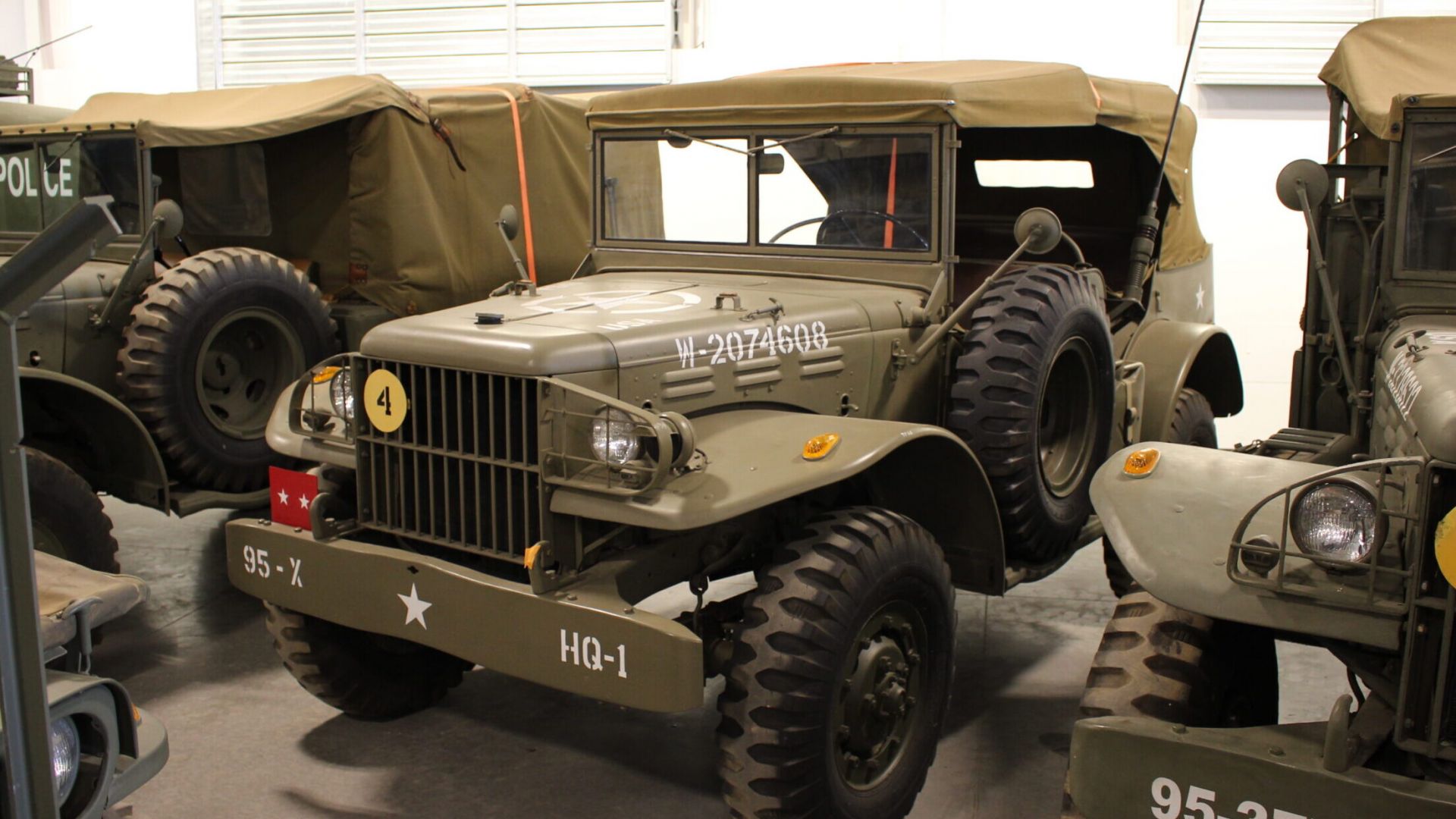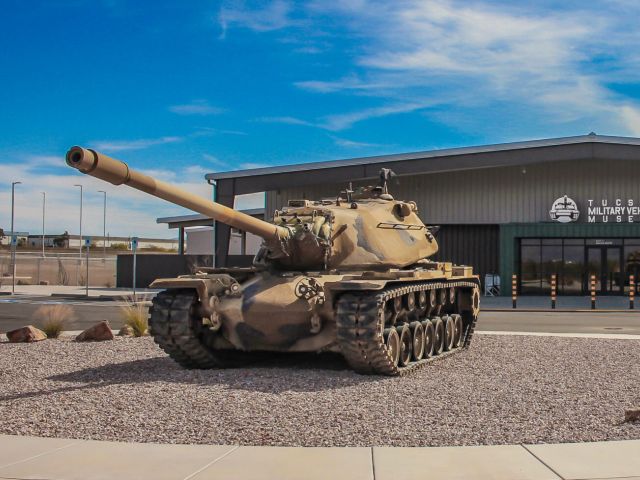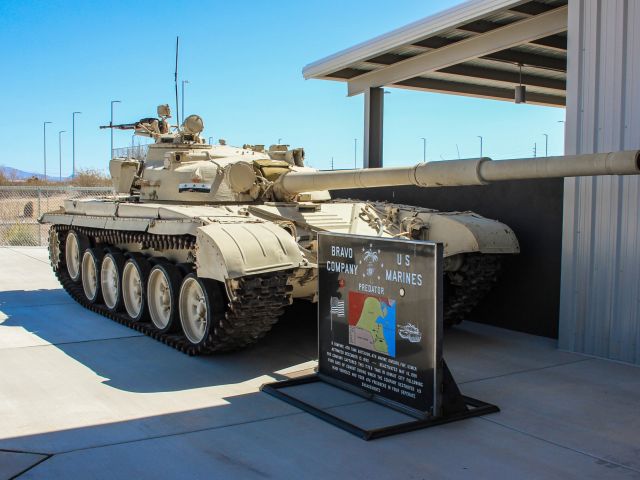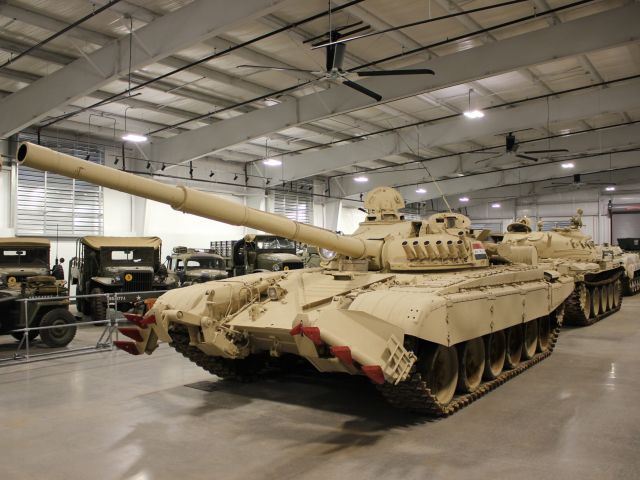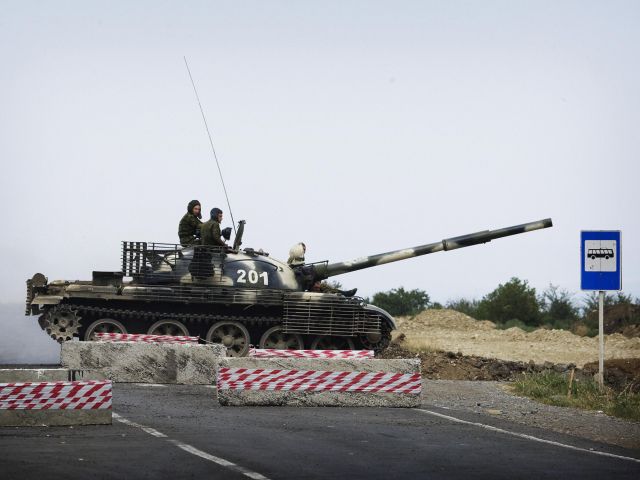Technical Specifications
-
Enter Service:1942
-
Crew:2
-
Weight:5,335 lbs
-
Dimensions:Length: 13ft 10in, Width: 6ft 7in, Height: 6ft 9in
-
Powerplant:Dodge T-214, 92 hp
-
Performance:Top speed: 55 mph, Range: 240 mi
Description
The Dodge WC 56 Command Reconnaissance Vehicle was a variant of the Dodge WC truck series built for the U. S. Army during the Second World War. It was a 3/4-ton, four-wheel drive (4×4) command truck produced under the Dodge and Fargo trademark of the Chrysler Cooperation. While most Dodge WCs were designated as “Weapons Carriers,” “WC” was a Dodge factory code, “W” for year 1941, “C” indicated a 1/2-ton payload rating. Over time, the WC code was retained for newer truck variants like the WC 56 Command Reconnaissance Vehicle displayed here.
Dodge became the primary supplier of light wheeled support vehicles for the U.S. military prior to the First World War. In 1934, at the request of the U.S. Army, Dodge developed the first four-wheel drive, 1 ½ ton truck. Between 1940 and 1945, over 382,000 trucks were produced by Dodge. The 3/4-ton WC variant accounted for nearly 255,000 of the trucks supplied. Under the Dodge WC assembly program over 50 different truck variants were manufactured for the U.S. military.
The Dodge WC 56 truck was a model of the WC program produced as a Command Reconnaissance Vehicle. It was designed with a soft-top and side-curtains to shield the weather. The WC 56 Command Reconnaissance Vehicle was heavier and did not maneuver as well as pervious command vehicles. The specific profile of the WC 56 vehicle made it a definite target for enemy forces. Over the course of the war, Dodge manufactured over 21,100 of the WC 56 Command Reconnaissance Vehicles. The displayed WC 56 Command/Reconnaissance has been restored in units assigned to the European Theater of Operations.
From the Count Ferdinand von Galen Collection, donated by his family in memoriam.

